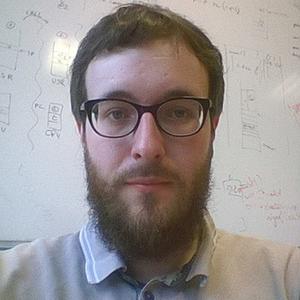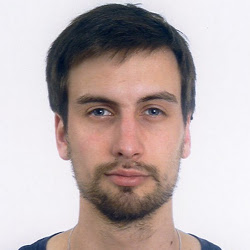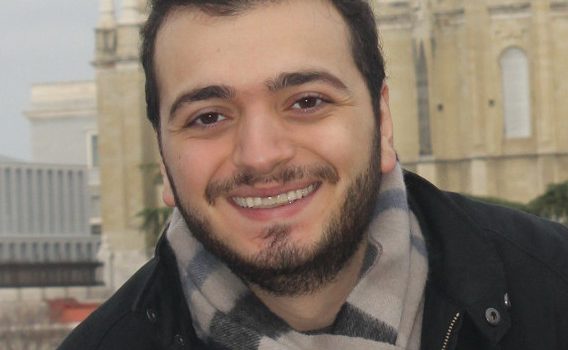
Title
Enhancing Transparency and Consent in the IoT
Abstract
In an increasingly connected world, the Internet permeates every aspect of our lives. The number of devices connected to the global network is rising, with prospects foreseeing 75 billions devices by 2025. The Internet of Things envisioned twenty years ago is now materializing at a fast pace, but this growth is not without consequence. The increasing number of devices raises the possibility of surveillance to a level never seen before. A major step has been taken in 2018 to safeguard privacy, with the introduction of the General Data Protection Regulation (GDPR) in the European Union. It imposes obligations to data controllers on the content of information about personal data collection and processing, and on the means of communication of this information to data subjects. This information is all the more important that it is required for consent, which is one of the legal grounds to process personal data. However, the Internet of Things can pose difficulties to implement lawful information communication and consent management. The tension between the requirements of the GDPR for information and consent and the Internet of Things cannot be easily solved. It is however possible. The goal of this thesis is to provide a solution for information communication and consent management in the Internet of Things from a technological point of view. To do so, we introduce a generic framework for information communication and consent management in the Internet of Things. This framework is composed of a protocol to communicate and negotiate privacy policies, requirements to present information and interact with data subjects, and requirements over the provability of consent. We support the feasibility of this generic framework with different options of implementation. The communication of information and consent through privacy policies can be implemented in two different manners: directly and indirectly. We then propose ways to implement the presentation of information and the provability of consent. A design space is also provided for systems designers, as a guide for choosing between the direct and the indirect implementations. Finally, we present fully functioning prototypes devised to demonstrate the feasibility of the framework’s implementations. We illustrate how the indirect implementation of the framework can be developed as a collaborative website named Map of Things. We then sketch the direct implementation combined with the agent presenting information to data subjects under the mobile application CoIoT.
Jury
- Patricia Serrano Alvarado, Maître de conférences HDR à l’Université de Nantes, rapporteur
- Gerardo Schneider, Professor at the University of Gothenburg, rapporteur
- Félicien Vallet, Docteur ingénieur au sein du service de l’expertise technologique de la CNIL, examinateur
- Hervé Rivano, Professeur des universités à l’Insa de Lyon, examinateur
- Daniel Le Métayer, Directeur de recherche à Inria, Directeur de thèse
- Claude Castelluccia, Directeur de recherche à Inria, co-Directeur de thèse









